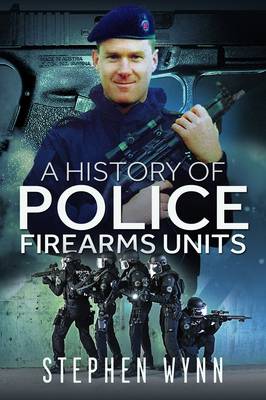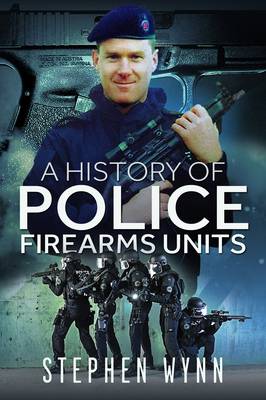
- Retrait gratuit dans votre magasin Club
- 7.000.000 titres dans notre catalogue
- Payer en toute sécurité
- Toujours un magasin près de chez vous
- Retrait gratuit dans votre magasin Club
- 7.000.0000 titres dans notre catalogue
- Payer en toute sécurité
- Toujours un magasin près de chez vous
Description
The role of the police firearms officers is possibly one of the most thankless jobs there is in a non-military environment. Home Office figures for March 2022 to March 2023 show there were 6,038 police officers throughout England and Wales who were authorised to carry firearms for operational purposes, out of a total of 149,572 officers overall - the culmination of a four-year decline in firearms officers, from a peak of 6,621 in March 2019.
Being a firearms officer carries a kudos in policing, although why this is the case is not absolutely clear, especially when considering the real risk of either being shot dead, shooting somebody and being charged with their murder, or not shooting somebody and it resulting in the death of a colleague or a member of the public.
In the late 1960s and early 1970s, the police's use of firearms was far removed from what it is today. Nominated officers were allowed to draw firearms on an 'as and when' basis, and would undertake firing practice on only a few occasions throughout the course of the year, with little or no thought or consideration given to tactical approaches to a particular scenario. However, the change in attitudes by senior officers to firearms can be traced back to the August 1966 murders of three Metropolitan police officers by two armed criminals close to Wormwood Scrubs prison, in west London.
This book looks at the history of police firearms units, which started to be formed in the immediate aftermath of the 1966 killings, and how they have subsequently evolved, improving in the selection of suitable officers, along with the weaponry and equipment used and the training provided to the officers who volunteer for this extremely dangerous and stressful role.
Being a firearms officer carries a kudos in policing, although why this is the case is not absolutely clear, especially when considering the real risk of either being shot dead, shooting somebody and being charged with their murder, or not shooting somebody and it resulting in the death of a colleague or a member of the public.
In the late 1960s and early 1970s, the police's use of firearms was far removed from what it is today. Nominated officers were allowed to draw firearms on an 'as and when' basis, and would undertake firing practice on only a few occasions throughout the course of the year, with little or no thought or consideration given to tactical approaches to a particular scenario. However, the change in attitudes by senior officers to firearms can be traced back to the August 1966 murders of three Metropolitan police officers by two armed criminals close to Wormwood Scrubs prison, in west London.
This book looks at the history of police firearms units, which started to be formed in the immediate aftermath of the 1966 killings, and how they have subsequently evolved, improving in the selection of suitable officers, along with the weaponry and equipment used and the training provided to the officers who volunteer for this extremely dangerous and stressful role.
Spécifications
Parties prenantes
- Auteur(s) :
- Editeur:
Contenu
- Langue:
- Anglais
Caractéristiques
- EAN:
- 9781526778482
- Date de parution :
- 30-01-26
- Format:
- Livre broché
- Format numérique:
- Trade paperback (VS)
- Dimensions :
- 159 mm x 235 mm

Les avis
Nous publions uniquement les avis qui respectent les conditions requises. Consultez nos conditions pour les avis.






